San Gaetano: Beautiful Nature and a Starry Past
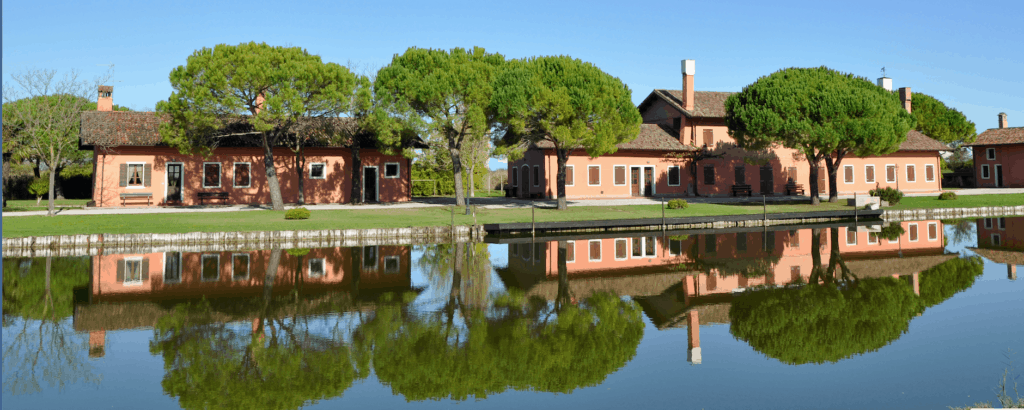
History
San Gaetano is a tiny charming village located in the quiet lagoon of Caorle. It is known for its picturesque setting and captivating past. Like most Venetian port settlements in the Caorle area, San Gaetano was established on originally marshy and inhospitable land, which was partially reclaimed only in the 18th century.
In 1994, an extensive Paleo-Venetian site dating back to the late Bronze Age was discovered here. It is the oldest discovered site in the entire municipality of Caorle. Some finds from this area can be seen in the National Museum of Marine Archaeology in Caorle (Strada Nuova 80).
Agricultural Center and the Francetti Family
In the 19th century, the Francetti baron family chose this remote corner of the lagoon to make it an agricultural centre characterized by economic self-sufficiency and independence. Baron Raimondo Franchetti made it the heart of a large agricultural and livestock centre, which, however, did not achieve the success he had hoped for.
After Raimondo Franchetti Sr.’s death on October 30, 1905, his sons Alberto, Edoardo, and Giorgio lost interest in the estate. The activities continued under the leadership of their mother, De Rothschild. She was behind the estate’s flourishing and gained recognition from the residents. However, this fame is long gone, and after the estate fell into disrepair for many decades, the buildings are gradually being reconstructed.
Church of San Gaetano da Thiene
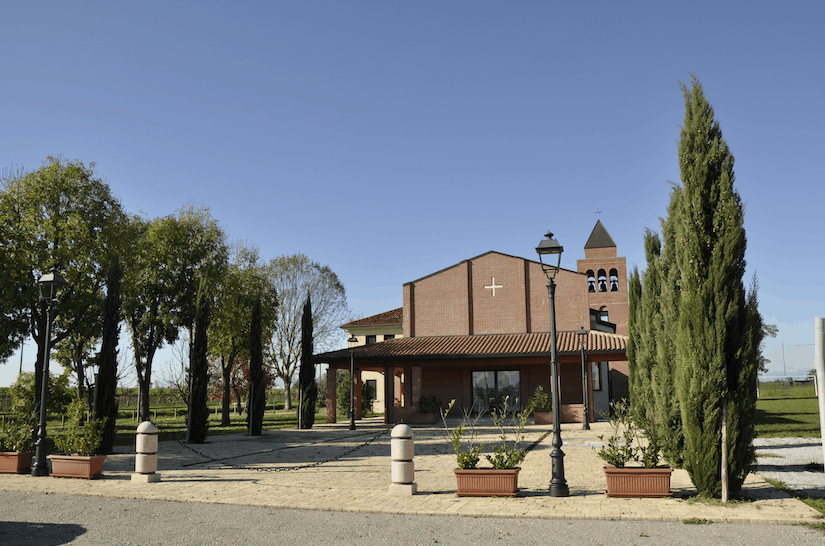
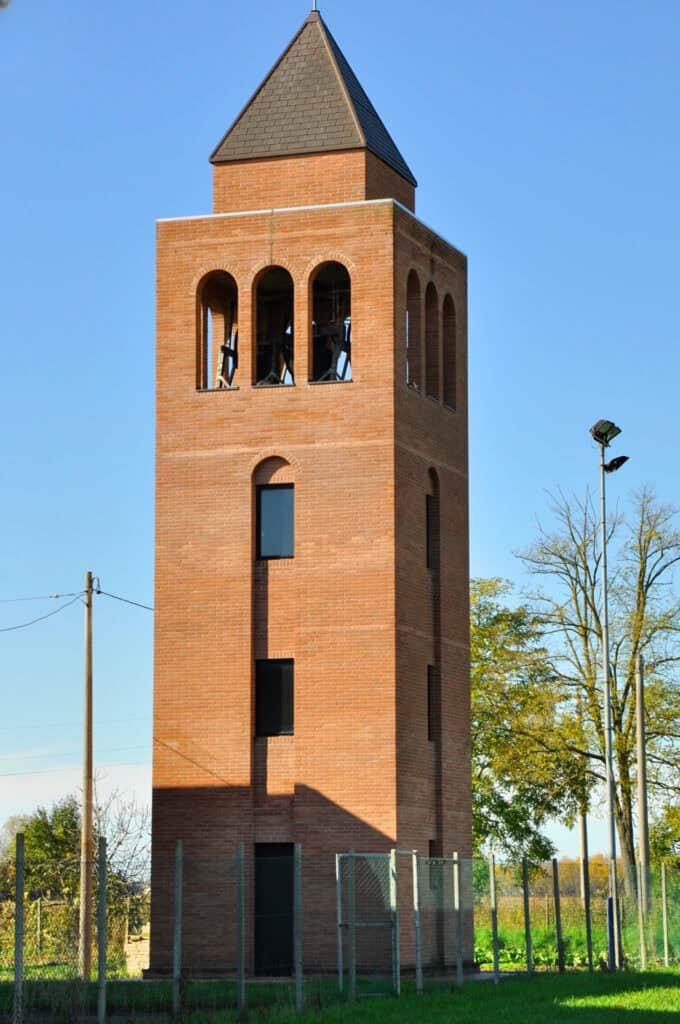

The parish church was built in front of the old estate in the 1960s. It is a parish church dedicated to Saint Gaetano. After a major renovation, the church was reopened on December 8, 2015. Behind the church stands a separate bell tower.
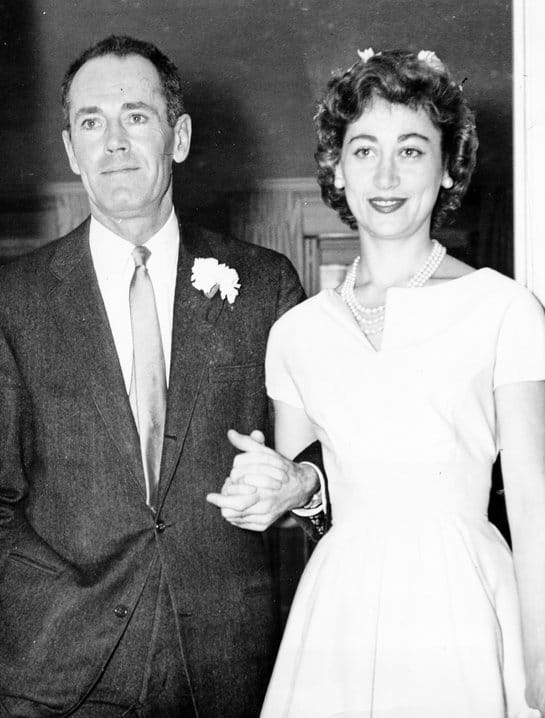
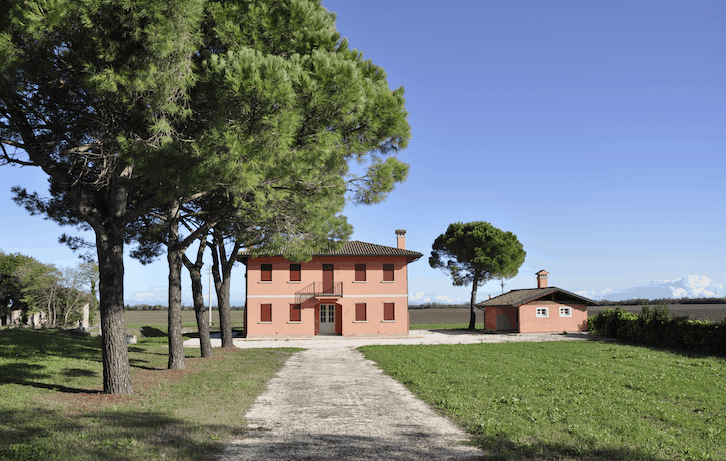
Henry Fonda and Baroness Afdera Francetti
Henry Fonda
Henry Fonda (May 16, 1905 – August 12, 1982), a renowned American actor, was connected to San Gaetano through his fourth wife, Afdera Franchetti. The baroness was introduced to Fonda by Audrey Hepburn during the filming of War and Peace. The couple was married for three years.
Afdera Francetti
Afdera Franchetti (born July 8, 1931) is an Italian baroness and socialite who moved in the highest circles of the world elite in the mid-20th century. She comes from a prominent Venetian family of merchants and aristocrats with Jewish roots, which was connected by marriage to the Rothschild family. Her paternal great-grandmother, Sara Louise de Rothschild, was a member of this famous banking dynasty.
Her life was intertwined with legendary figures such as Ernest Hemingway, Audrey Hepburn, and Gianni Agnelli. Although she was surrounded by luxury and exclusive social events, she admitted that she preferred seeking peace.
After her divorce from Henry Fonda, she briefly worked as a journalist for Vogue. Her name is unknown to many today, yet she remains a fascinating figure of the social scene of the past century—a woman who loved her freedom, had a sense of humor, and could be unforgettable. She speaks of herself with irony and believes she never belonged among beauties. Nevertheless, she managed to captivate people with her charismatic personality and intelligence.
Ernest Hemingway
The period of greatest fame for the village of San Gaetano dates back to the 1950s and 1960s. The famous American writer Ernest Hemingway (July 21, 1899 – July 2, 1961) visited here several times a year from 1948 to 1954 as a guest of Baron Nanuk Franchetti and participated in duck hunting in the lagoon areas of Caorle. Beyond the Saetta bridge, in a secluded location, lies the fascinating Valle Grande estate with the valley house where Hemingway stayed. Hemingway’s time spent in the lagoon and his passion for hunting strengthened his bond with the Franchetti family.
Across the River and Into the Trees
The territory and customs of the Venetian lagoons are described in detail on several pages in his book “Across the River and Into the Trees.” This novel, published in 1950, beautifully depicts the lagoon and tells the love story of its main character, an ageing colonel, and Renata, a young Venetian noblewoman. The model for the female character was said to be Miss Adriana Ivanchich, whom Hemingway met shortly before writing the novel in Venice and fell in love with.
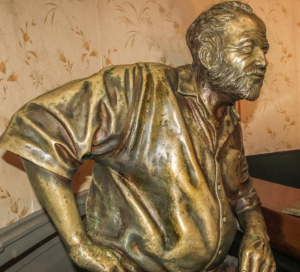
“The best way to find out if you can trust somebody is to trust them.”
“Never go on trips with anyone you do not love.”
Celebrating Hemingway’s Legacy
Caorle annually hosts the Papa Journalist Award, a celebration of writing and journalism that honours Ernest Hemingway’s contribution to literature and his connection to this region. The Papa Journalist Award event brings together aspiring journalists and students, fostering creativity and a passion for storytelling as a tribute to one of its most famous visitors.
Natural Beauties in the Surroundings
The nature in this area is very captivating and romantic. The Lemene River flows into the Nicesolo Canal and further into the lagoon before reaching the Adriatic Sea near the Falconera harbour. The banks of the Nicesolo River are lined with dense reeds, primarily composed of common reed, which creates a habitat of immense ecological significance. This place is also home to rare plant species and various wildlife, especially birds.
Laguna Falconera and Ancient Casoni Structures
The landscape around Caorle boasts a picturesque lagoon that evokes the atmosphere of the Venetian one, yet retains its unique wildness and tranquility. Laguna Falconera is the jewel of this natural paradise, where diverse ecosystems rich in varied fauna and flora intertwine.
You can find it near the Vall Grande estate, where the road ends. Laguna Falconera is located near the mouth of the Lemene River, which flows through the area between Caorle and San Gaetano. Historically, this river served as an important connection between inland towns like Concordia and Portogruaro and coastal areas.
The first inhabitants of Caorle lived here with their families in typical family huts. Casoni are ancient houses built from natural materials. These unique structures, used by families who relied on hunting, fishing, and foraging, have an elliptical floor plan, sloping reed walls, and a roof made of tightly bound reeds. Inside, a central fireplace at the entrance, a table, and simple beds reflect the utilitarian design of these homes.
Once, casoni were homes and shelters for farmers, fishermen, and hunters from the Veneto region. You can recognize them by their sloping roofs made of straw and reeds, standing within marshy clearings. The original paleohistoric structure was maintained for centuries. Despite their humble nature, casoni were inhabited until the mid-20th century, offering a glimpse into the resourceful lifestyle of the past.
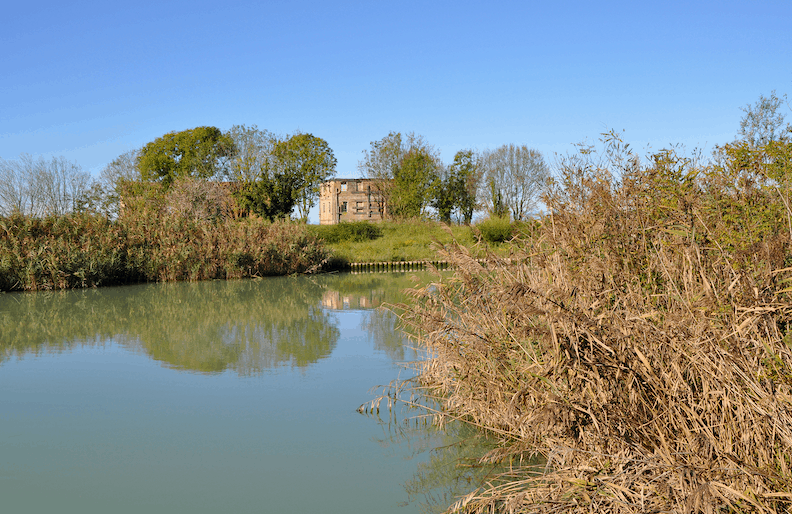
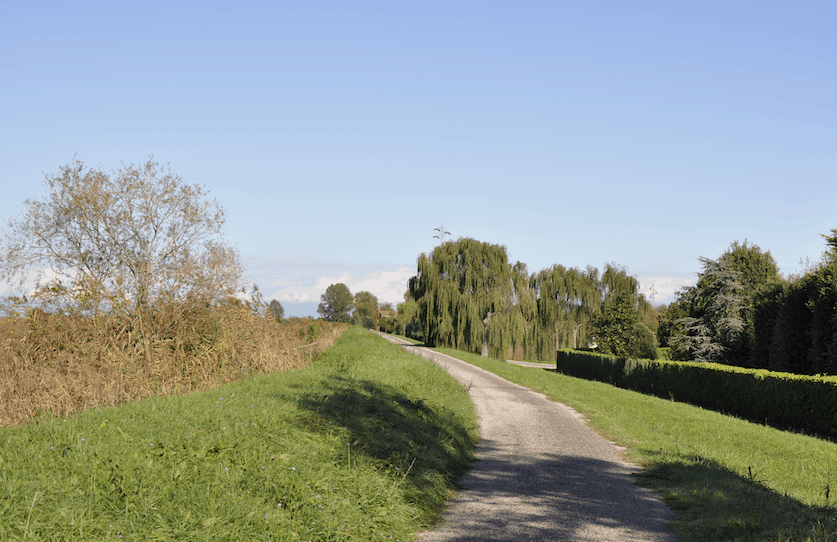
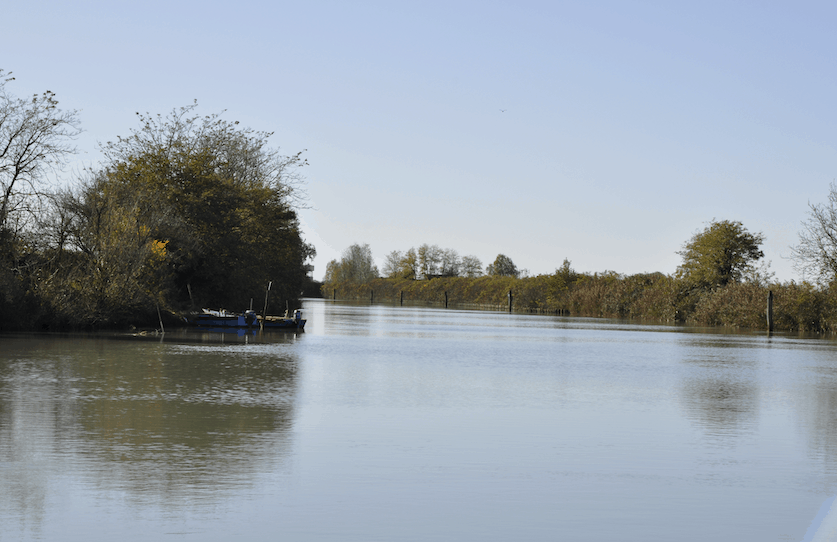
GiraLagune Cycle Path
Laguna Falconera is located on the GiraLagune cycle path. GiraLagune is a nature-historical cycle path along a network of navigable canals called Litoranea Veneta, starting from the Punta Sabbioni lighthouse and ending at the Bibione lighthouse. Along the route, which connects the lagoons in the area, you will pass through agricultural landscapes reclaimed in the first half of the 20th century.

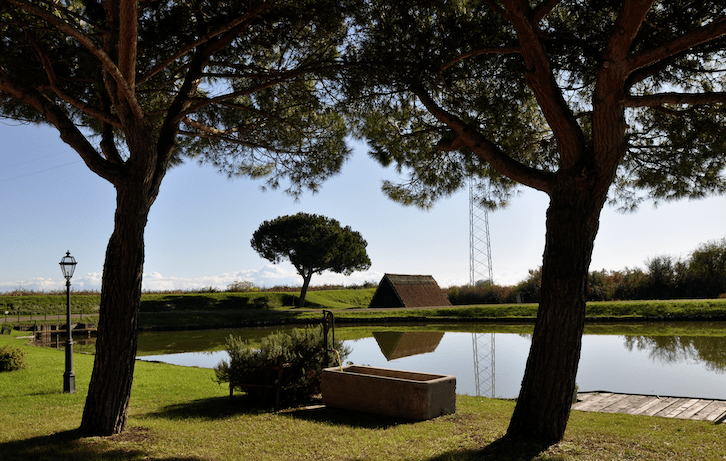
Information about GiraLagune
Important Information
Departure: Punta Sabbioni
Arrival: Bibione
Route Length: 103 km
Difficulty: Easy
Surface Type: 75% asphalt, 25% unpaved
Route Type: Two-day trip
